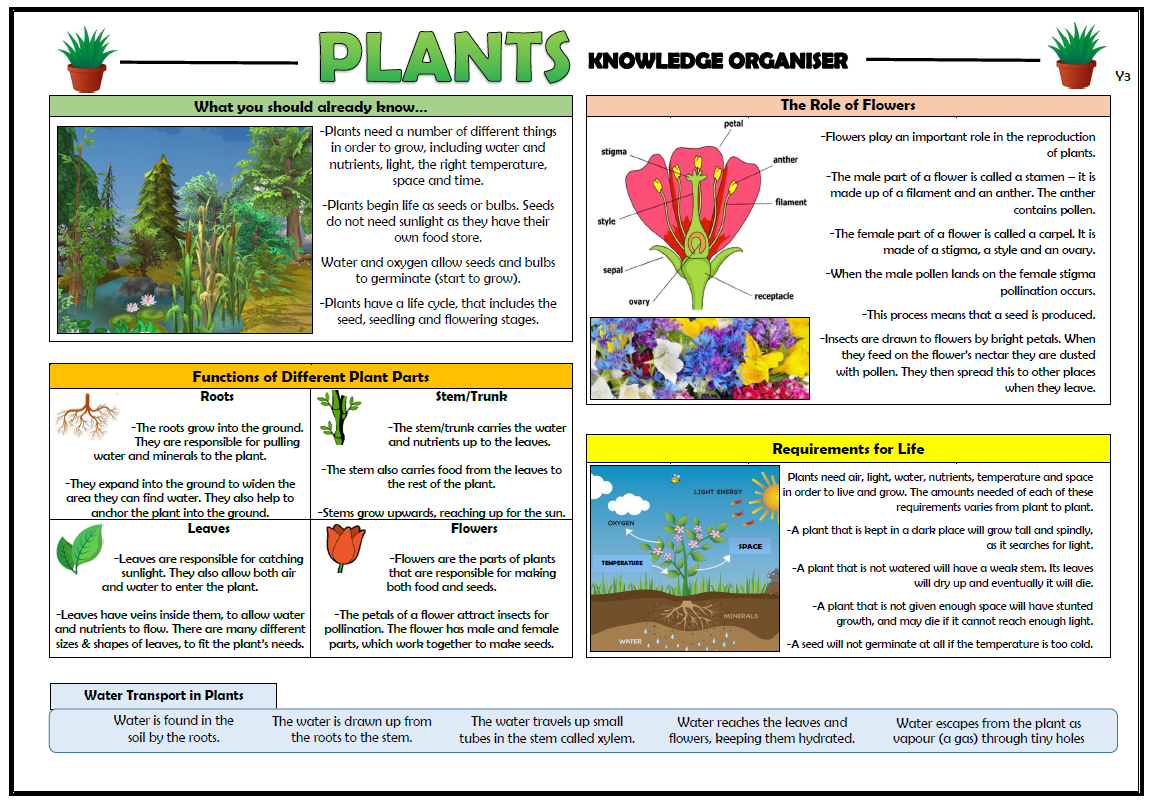Science
2025-26
Autumn Term 1, 2025
Animals including Humans - In this topic, children will build on their prior learning about how animals, including humans need to get nutrition from what they eat. They will explore the different organs of the digestive system in humans and the functions of teeth in both humans and animals.

Scientific knowledge:
• Children can name the different types of teeth found in humans and can explain their function.
• Children can explain what tooth decay is and how to look after our teeth.
• Children can describe the simple functions of the basic parts of the digestive system in humans.
• Children can construct and interpret a variety of food chains, identifying producers, predators and prey.
![IMG_6079[1].JPG](/uploads/629/images/IMG_6079[1].JPG)
![IMG_6080[1].JPG](/uploads/629/images/IMG_6080[1].JPG)
![IMG_6082[1].JPG](/uploads/629/images/IMG_6082[1].JPG)
We began our topic by setting up our own investigtion into tooth decay, using an egg as a model of a tooth.
The children will make predictions and then make careful scientific observations of the model tooth in different liquids. ![IMG_6115[1].JPG](/uploads/629/images/IMG_6115[1].JPG)
![IMG_6120[1].JPG](/uploads/629/images/IMG_6120[1].JPG)
Autumn Term 2, 2025
Forces and Magnets - understanding that forces are pushes, pull, or twists: distinguishing between contact and non-contact forces like magnetism: identifying magnetic materials and understanding how magnets attract and repel each other; and how surfaces affect movement and the practical uses of magnets.

2024-25
Summer Term, 2025
Plants - Scientific Knowledge:
|
● Children can explore the requirements of plants for life and growth (air, light, water, nutrients from soil, and room to grow) and how they vary from plant to plant. ● Children can investigate the way in which water is transported within plants. ● Children can identify and describe the functions of different parts of flowering plants: roots, stem/trunk, leaves and flowers. ● Children can explore the part that flowers play in the life cycle of flowering plants, including pollination, seed formation and seed dispersal. |
Spring 1, 2025
Electricity - in Spring 1 we will be learning about Electricity, how it works and how we use it.

By the end of this unit the children should be able to -
- define what an electrical appliance is and identify those that are mains- or battery powered.
- identify different circuit components and explain what they do.
- build series circuits, identifying and explaining whether they are complete or incomplete.
- explain what electrical conductors and insulators are and give several examples of these.
- identify several different switches and explain how switches work in a circuit.
- apply their knowledge of electricity to different situations.
![IMG_4023[1].JPG](/uploads/629/images/IMG_4023[1].JPG)
![IMG_4025[1].JPG](/uploads/629/images/IMG_4025[1].JPG)
![IMG_4033[1].JPG](/uploads/629/images/IMG_4033[1].JPG)


Spring 2, 2025
States of Matter - the children will learn about the three states of matter: solids, liquids, and gases. We will explore how materials can change from one state to another through heating and cooling, focusing on processes like melting, freezing, evaporation, and condensation. The water cycle is also a key example of these changes in action.

Autumn 1, 2024
Animals including Humans - This unit recaps the children’s learning from year 2 about how animals survive and stay healthy and helps children to learn more about what makes a healthy, balanced diet.
.png)
We will learn about:
- nutrients that different foods provide and how these nutrients help our bodies
- explore how different animals eat different types of foods and need different proportions of nutrients.
- understand what food labels on packaging show and gather information from food labels to help them to answer questions
- explore the different types of skeletons that animals have and compare these
- plan a fair test and measure and record accurately
We worked in groups to sort the different food groups.
![IMG_2341[1].JPG](/uploads/629/images/IMG_2341[1].JPG)
![IMG_2342[1].JPG](/uploads/629/images/IMG_2342[1].JPG)
![IMG_2343[1].JPG](/uploads/629/images/IMG_2343[1].JPG)
Autumn 2, 2024
Rocks and Soils - we will be moving on to learn about Rocks and Soils this half term.
|
By the end of this unit children will be able to: ● compare and group different types of rocks based on their appearance and simple physical properties; ● explore how rocks change over time; ● describe, in simple terms, how fossils are formed; recognise that soilds are made from rocks and organic matter. |
.jpg)
.png)


![IMG_6084[1].JPG](/uploads/629/images/IMG_6084[1].JPG)
![IMG_6122[1].JPG](/uploads/629/images/IMG_6122[1].JPG)

.JPG)
![IMG_2344[1].JPG](/uploads/629/images/IMG_2344[1].JPG)






